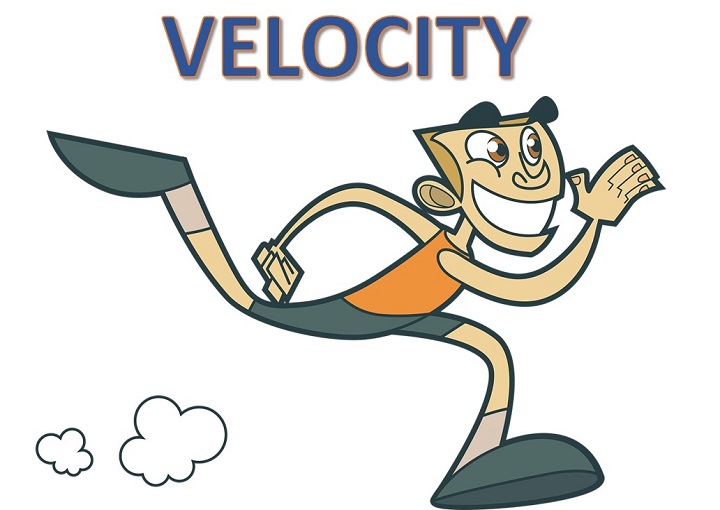Have you ever wondered how fast you were going when you were running or driving? Velocity is the measurement of speed in a specific direction, and it plays a significant role in the science behind motion. In this article, we will explore the concept of velocity, its importance in physics, and how it affects our everyday lives.
What is Velocity?
Velocity is a measure of how fast something moves in a specific direction. In physics, velocity is often used to describe the motion of objects. The SI unit of velocity is meters per second (m/s). Velocity is a vector quantity, which means it has both magnitude (speed) and direction.
Calculating Velocity
To calculate velocity, you need to know both the speed and direction of an object. The formula for velocity is:
Velocity = Displacement / Time
Where displacement is the distance and direction of an object’s change in position, and time is the duration it took for that change in position to occur. For example, if a car travels 60 meters north in 5 seconds, its velocity would be 12 m/s north.
Difference Between Velocity and Speed
Velocity and speed are often used interchangeably, but they are not the same. Speed is a scalar quantity that measures how fast an object is moving, regardless of direction. Velocity, on the other hand, is a vector quantity that measures both speed and direction.
For instance, if you were running at a constant speed of 10 km/h around a circular track, your speed would remain the same, but your velocity would constantly change as you change direction.
Importance of Velocity in Physics
Velocity plays a significant role in physics because it helps to describe the motion of objects. Understanding velocity can help explain how objects move and how different forces affect their motion.
Velocity and Acceleration
Acceleration is the rate at which an object’s velocity changes over time. When an object’s velocity changes, it is said to be accelerating. The formula for acceleration is:
Acceleration = Change in Velocity / Time
For example, if a car is moving at a constant velocity of 20 m/s, and then speeds up to 30 m/s in 5 seconds, its acceleration would be 2 m/s^2.
Velocity and Gravity
Gravity is the force that attracts two objects towards each other. It is responsible for the acceleration of objects towards the Earth’s surface. Velocity plays a critical role in understanding gravity because it determines how quickly objects fall towards the Earth. The acceleration due to gravity is approximately 9.8 m/s^2, which means that for every second an object falls, its velocity increases by 9.8 m/s.
Velocity in Everyday Life
Velocity is all around us, and it affects our everyday lives in many ways. For example, when we drive a car, we are constantly aware of our speed and direction. We use velocity when we navigate using a GPS, as it gives us directions based on our current velocity and direction.
Conclusion
Velocity is an essential concept in physics that helps us to understand the science behind motion. It is a vector quantity that measures both speed and direction and plays a critical role in describing the motion of objects. Understanding velocity can help us to better understand the forces that affect our everyday lives, from driving a car to navigating using a GPS.
FAQs
1. What is the difference between velocity and speed?
Ans. Velocity is a vector quantity that measures both speed and direction, while speed is a scalar quantity that measures how fast something is moving, regardless of direction.
2.how is velocity calculated?
Ans. Velocity is calculated by dividing displacement by time.
3. What is SI unit of velocity ?
Ans. The SI unit of velocity is meters per second (m/s).
4. What is the importance of velocity in physics?
Ans. What is the importance of velocity in physics? Velocity is essential in physics because it helps describe the motion of objects and how different forces affect that motion.
5. How does velocity affects everyday life?
Ans. Velocity affects our everyday life in many ways, such as when we drive a car, navigate using a GPS, or even when we walk or run.

